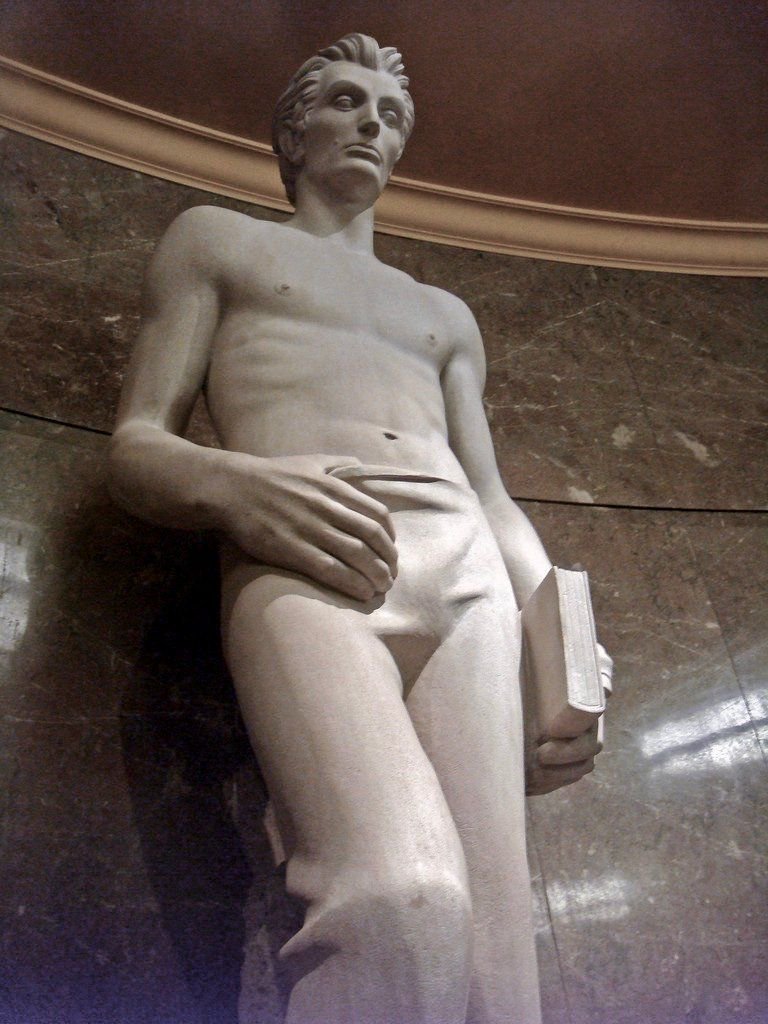Another history of social change, this time noticeable in the alleyways of Washington, DC! Turns out, alleyways have a social and racial history?
Like many American cities, D.C. has a system of alleys. Most of these narrow thoroughfares are used for municipal functions such as garbage collection, deliveries, and parking. You might also find more informal, but not unexpected, signs of use, like basketball hoops or folding chairs used by those who live, work, or spend time nearby. Yet a turn down the right alley in D.C. might surprise you. In D.C. alleys you’ll find clues about the city’s history of substandard housing for African American migrants following the Civil War, you’ll see evidence of the early roots of gentrification in the 1950s, you’ll glimpse a burgeoning public art scene, you’ll tread across new wastewater management projects, you’ll stumble upon a community garden, or you’ll even find yourself in a hip and expensive commercial enclave. D.C.’s alleys offer insight into how this city has dealt with its long history of strained race relations, how it is creatively managing urban space to sustainably support urban growth and density, and how it is attempting to stay true to its longtime African American and Latinx residents while attracting whiter, younger, and wealthier residents who have flooded the city in recent years.
Source: Stories of Change Hidden in Washington, D.C.’s Alleys – AAG Newsletter

